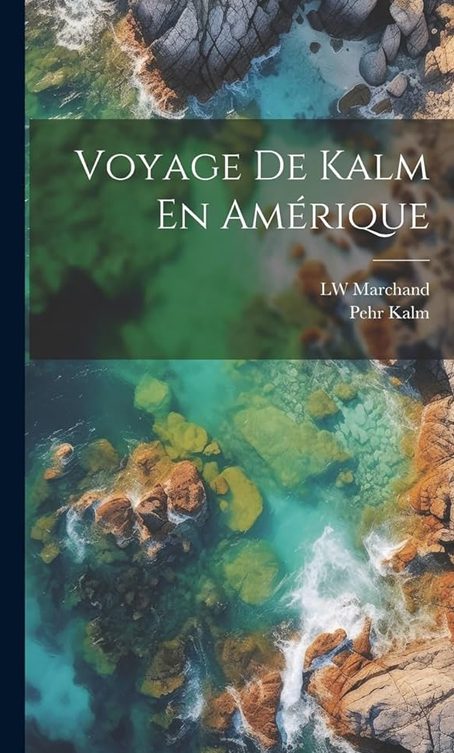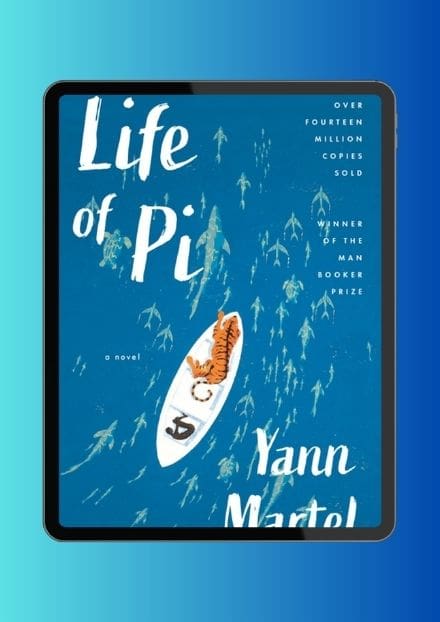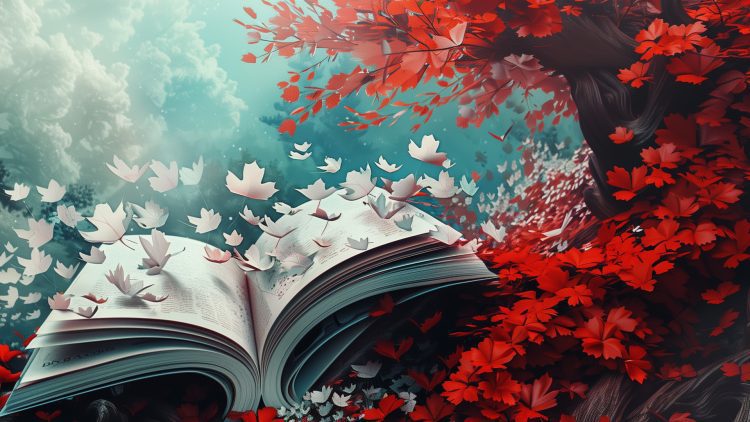Canadian literature, rooted in the literary traditions of France and Britain, is often divided into two major divisions: English and French. Like the country, Canadian Literature is young but diverse, reflecting its cultural diversity and unique identity. Although Canada was founded in 1867, its literature dates back to the early 1600s.
The first English writers in Canada were visitors, such as explorers, travelers, British officers, and wives. They chronicled their perceptions of British North America through charts, diaries, journals, and letters. These crucial documents recorded heroic journeys, challenging voyages of exploration, and interactions with the native people, who were known as First Nations in Canada. These narratives established the foundation for the documentary tradition in Canadian literature, where geography, history, and the pursuit of personal and national identity converged.
Canadian literature has a dual origin, with French-language literature also having deep roots. It emerged from the early French settlers and their interactions with Indigenous peoples, which shaped narratives exploring identity, cultural encounters, and the quest for a sense of place. French-Canadian literature boasts a rich tradition of poetry and novels. Its plays and writers, such as Gabrielle Roy, Anne Hébert, and Antonine Maillet, have significantly contributed to this literary heritage.
Related10 Diverse Canadian Reads To Add To Your Library
The 1600s Into The 1700s

At this time, Canadian Literature mainly comprised exploration narratives, travelogues, and indigenous cultural accounts from European explorers and missionaries. These indigenous cultural accounts often reflect the rich cultural diversity of the First Nations and their significant influence on the development of Canadian literature.
Notable works were Voyages du Sieur de Champlain by Samuel de Champlain in 1613 and Journal of a Voyage to North America by Pehr Kalm, a Swedish naturalist, in 1744. Another is Samuel Hearne’s A Journey from Prince of Wales Fort in Hudson’s Bay to the Northern Ocean in 1759 and Sir Alexander Mackenzie’s Voyages from Montreal… Through the Continent of North American, to the Frozen Pacific Ocean in 1801.
Early fiction and poetry made their debut in the late 1700s and early 1800s, heavily influenced by the works of Susanna Moodie and Catharine Parr Traill. Moodie’s 1852 novel Roughing it in the Bush and Traill’s The Backwoods of Canada in 1836 are notable examples. Both authors are celebrated for their vivid portrayals of pioneer life in Canada.
Confederation To The Early 20th Century

From 1867 to 1900, post-Confederation literature began to thrive; authors then worked on nationhood, identity, and regionalism themes. Here, interestingly, humor was found in Thomas Chandler Haliburton’s The Clockmaker series that mocked Nova Scotia’s social and political scenes, poking fun at its relations with the US and Britain in a series of sketches. Another notable author at the time was Charles G.D. Roberts, well-known for his nature poetry.
Then, from 1900 into the 1920s, Canadian literature shifted to modernist and realist writing styles with authors like the beloved Lucy Maud Montgomery’s Anne of Green Gables in 1908 and Stephen Leacock’s Sunshine Sketches of a Little Town in 1912.
The Mid-20th Century: 1930 To The Late 1960s

The Great Depression greatly influenced literature between 1929 and 1933, and then writing mainly dealt with social issues again, but Canada had crippling unemployment and many homeless. This decade became known as the Dirty Thirties.
The drought in the Prairies, the lack of raw materials, and farm exports gave birth to social welfare and the rise of populist political movements. Notable authors at the time were Molly Callaghan with Such Is My Beloved in 1934 and Gabrielle Roy’s The Tin Flute in 1945.
RelatedCanadian Literature vs. American Literature: Tropes and Themes
The Late 20th Century To The Present

The 1950s and 1960s were marked by the emergence of important poets and playwrights, as in A Red Carpet for the Sun by Irving Layton and Michel Tremblay’s Les Belles-Soeurs.
Canadian literature experienced a revival in multiculturism and the opening of diverse voices at this time. Here, we can see the importance of novelists and short story writers, in both internationally acclaimed Margaret Atwood in her 1985 The Handmaid’s Tale and Alice Munroe in 1982 publication of The Moons of Jupiter.
Contemporary Canadian literature from the 1990s on has continued to evolve by adding more varied genres, styles, and perspectives, as we can see with the globally recognized works of Yann Martel, The Life of Pi, and Esi Edugyan’s Half-Blood Blues in this century.
Canadian Literature’s Cultural Impact
Canadian literature reflects its population due to the country’s linguistic diversity. With English, French, and Indigenous languages, Canadian writers explore themes such as nature, identity, multiculturalism, and social justice. Canadian literature has contributed and will continue to contribute to the global literary landscape by showcasing their talent and creativity.












